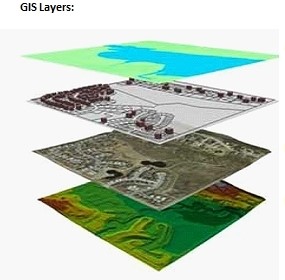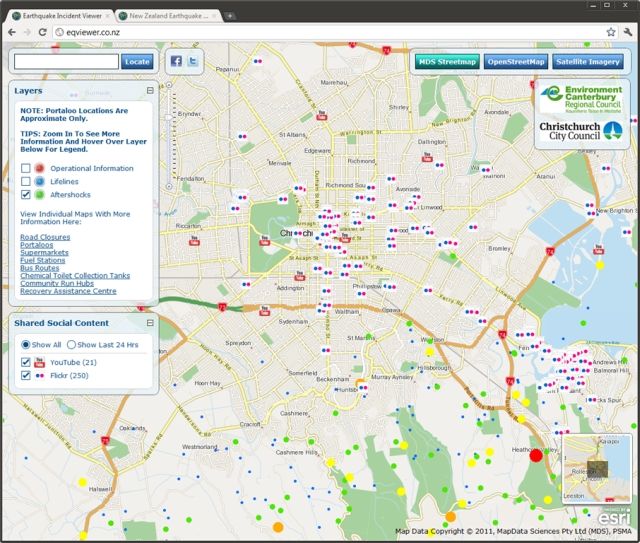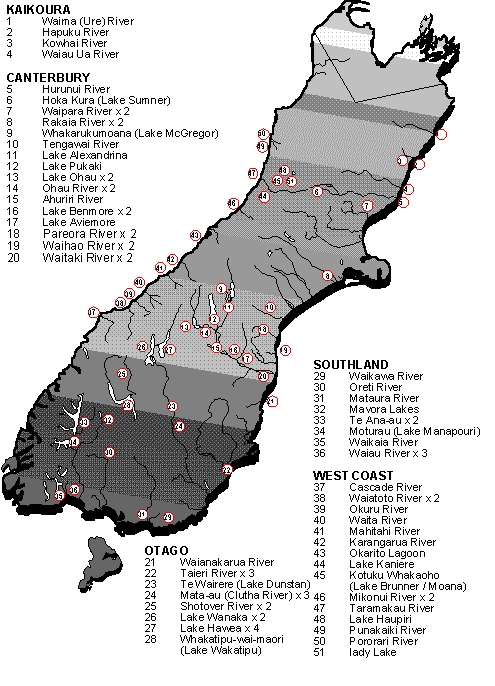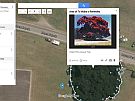Layer upon layer
Maps have come a long way since people first began drawings to show where they were. Modern maps are created using special software that combines lots of different information. This system of modern mapping is called GIS – Geographic Information Systems.
GIS allows a variety of information to be recorded and mapped onto a virtual landscape. Data contained in a GIS system is stored in ‘data sets’. Data sets can be selected, combined, and presented as layers, bringing the information to life and giving it greater context:

The system allows the user to view, understand, question, interpret and visualise data in many ways that reveal relationships, patterns, and trends in a variety of mediums.
GIS helps people to:
- analyse situations
- write reports
- track changes
- make decisions
- plan, for example which roads are likely to be congested due to road works, closures, or special events.
Learning with GIS
GIS enables new ways of seeing, thinking, and interacting with the world around you. Using GIS in projects helps to develop research skills such as gathering, preparing, storing, and analysing data and presenting the results using a variety of methods.
GIS helps develop critical thinking and problem solving skills that can help you to become more involved in your community. GIS technology is also being used in an increasing number of industries, so learning to use GIS provides training for many careers.







